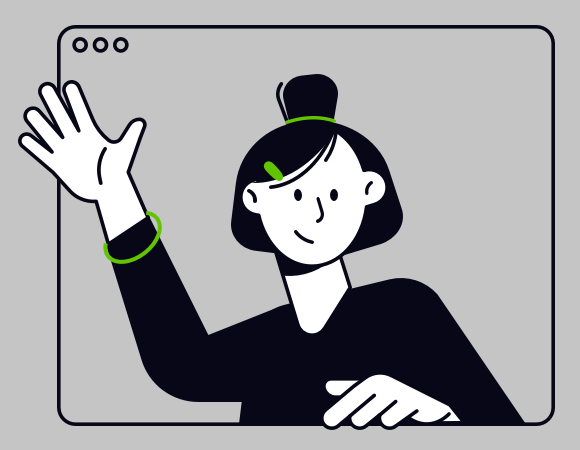Do you seek the holy grail of email personalisation? Or as it’s known by its other name: one‑to‑one content.
As technologies have become more sophisticated, so too have customer expectations. But to reach the point of true personalisation is a journey with several steps.
1. Say my name
Let’s start with the bargain basement of personalisation. Greeting your customer by name in a subject line has been measured to increase open rates by more than 25%.
Just don’t mess that name up. "Hi, Adrian" is good. But "Hi, ADRIAN", "Hi, adrian", or "Hi, Young" looks bad. Yes, it would be me the customer who had made a mistake with your form in the first place. But the onus falls upon you to validate and fix your data.
2. Preferential treatment
At The Email Factory, we swear by preference centres. What better way to embark on an email journey with a new subscriber than by letting them pick and choose what to receive?
A preference centre gives your customer the choice of content or product types. But why stop there? Grant your customer further control over their inbox by including frequency and timing options.
3. Divide and convert
Whether your mailing list weighs in at a few hundred or a few hundred thousand, it is comprised of individuals. Not everyone is interested in the same content. So why send everyone the same email?
Segmentation is an essential part of email marketing. Divide up your lists into categories and keep your subscribers engaged with relevant content.
4. On your best behaviour
Personalisation isn’t all about what your customer likes but also what they are doing. And none of your customers are doing exactly the same thing at the same time. There are those that have newly discovered your brand. Some have just treated themself to a shiny new product. Others haven’t engaged with you for a while. Your task is to communicate with each of them based on their current actions.
Behaviour‑based emails let you react automatically to your customer’s activity (or lack thereof). When someone signs up, a welcome series is launched. If your customer has recently purchased a product, that can trigger an invitation to review it. For those who haven’t interacted for a while, a re‑engagement programme can rekindle their interest.
5. Where in the world
Your customer’s location matters. Maybe there’s an in‑store event or other locally relevant content to share. You might even want to send automatically-tailored content based on the local weather. Those hooded jackets sound a lot more useful when it’s pouring outside.
Location doesn’t only determine what to send but also when to send. Send time optimisation ensures that your subscribers receive your emails at a time of day that is personally convenient.
6. Welcome to the machine
As humans, we can only do so much. Luckily that "much" includes the development of ever‑more‑sophisticated machine learning software. As email marketers, we can harness that technology and take personlisation to another level.
Product recommendations are the obvious showcase, for now. Why guess at what your customer might like to buy when you can learn patterns from their previous purchasing and browsing activities?
While the current capablities of generative AI have been over‑hyped, its future potential is hard to grasp. Every aspect of your email, from copy to imagery to layout to timing to colouring, could all be generated on an individual basis.
True email personalisation
Your customer is a human and an individual. But they are likely one of many thousands. To talk to them one‑to-one ironically requires a fundamentally impersonal means of machine‑based automation. The concept of chummy person‑to‑person communication is an illusion.
But what really matters is relevance. Present your subscribers with the content that matters to them and the results will speak for themselves.


